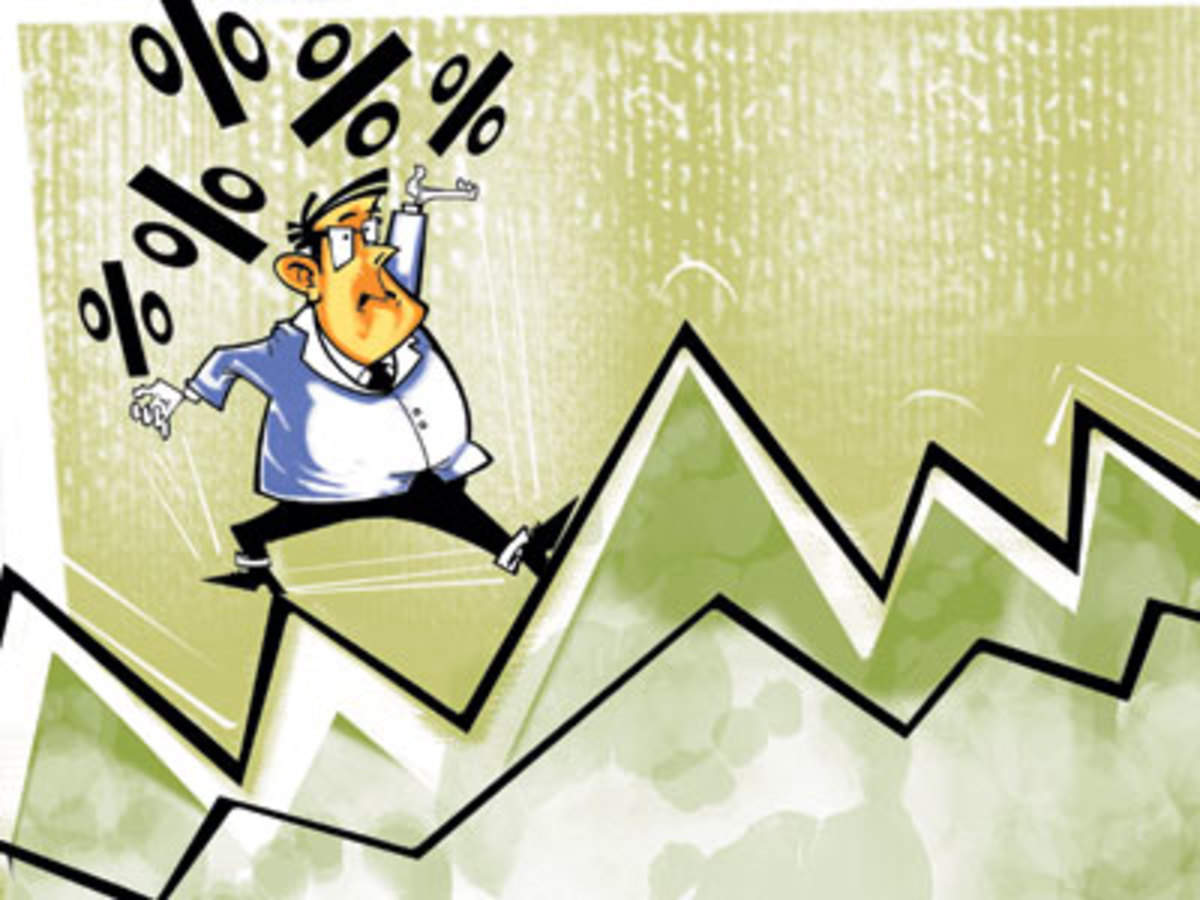The weekly implied volatility matrix
We’ve seen real yield moving 2bp lower, which to anyone who reads my daily would understand the weighting I put on this variable as a tailwind for broad risk sentiment. We’ve also seen a solid rally in WTI crude, while copper (see chart below) held Wednesdays low and made a push higher – if price can push through 2.68/70, the trend-following funds will be on this.

Volatility matrix
A number of clients found the volatility (vol) matrix quite useful to their risk management – firstly, if I take a step back and look at an overview of the broad FX vol structure (I’ve at the CVIX or the Deutsche implied volatility index) we see this at the 28th percentile of the 3-year range. The range has been distorted by the March vol spike, but vols are not overly high.
This has big implications for my risk management, where I genuinely feel that anticipated movement is key for all traders of all strategies.
(Deutsche FX implied volatility index)

(Source: Bloomberg)
When understanding how much risk to take on in a position, many use the ATR, support/resistance, Bollinger bands/envelopes and pivot points. I too like pivot points, especially in confluence with implied volatility and the implied move portrayed through options pricing structures.
A ‘straddle’ strategy, which I price using Bloomberg, will give me the expected range with a 68.2% level of confidence. The 10-delta strangle is a slightly different strategy but it’s really just another way of trading volatility – for context , this is the markets outlier move, where we see an 80% level of confidence of price will be contained within this range. You’d be very surprised if it breached this level and I’d hold a strong conviction of countering a move through here.
Given this matrix uses weekly vol, it is not so good for scalpers or ultra-ST traders, but can help swing and position traders cultivate their edge. Given this is dynamic it allows me to understand what the market is expecting by way of movement, not necessarily what I think will happen, and can quantify this with a level of confidence where price moves will be contained. By working stops outside of this range, I understand my risk and can make better calls on position size.
It is also good for mean reversion traders, notably when we combine daily implied moves with S2/3 and R2/3 pivot points.

How did this stack up last week?
If we look at last weeks anticipated range, we see price was largely contained within the range – so, as it stands the FX moves have been good for vol sellers. There are a few pairs where price has gravitated outside of the straddle range, but by-and-large it was a useful tool for managing risk on the week. Especially if you ascribe to the idea of waiting for a close through a level before exiting, as opposed to a hard stop loss.

Risk reversals – a great sentiment guide
Staying in the vol space and we see the weekly risk reversal pricing. The level is constructed by taking the 1-week call vol and subtracting 1 week put vol. A negative number, therefore, shows put vol trading at a premium to call volatility, which is bearish and shows the market betting on a greater move to the downside. It’s a good sentiment tool for FX pairs. I’ve put the 12-month percentile rank for context of where the level is relative to the high-low range and this can be useful to understand when sentiment has become too bearish or euphoric.
















